Dolomitization 2
1. Laminated dolomicrite
Microbial laminated dolomicrite (two upper thirds of the photo) developed after fenestral mudstone with a few filamentous microbe structures (lower right of the photo); calcite spar fills the latest dissolution cavities.
Middle Jurassic, Portugal. Image kindly provided by Ana Azerêdo (cf. Azerêdo et al., 2020)

HIDE INFO

SHOW INFO
2. Laminated dolomicrite
Detail of the microbial laminated dolomicrite of previous image, showing the rhomb clusters in crudely parallel alignment; most rhombs exhibit a cloudy aspect due to mud and/or calcite remains, and few more limpid rhombs are dedolomite crystals.
Middle Jurassic, Portugal. Image kindly provided by Ana Azerêdo (cf. Azerêdo et al., 2020)

HIDE INFO

SHOW INFO
3. Dolomicrosparite
Unstained dolomite rhombs over reddish calcitic micrite (alizarine red-S combined with K ferrycyanide stained thin-section).
Middle Jurassic, Portugal. Image kindly provided by Ana Azerêdo (cf. Azerêdo et al., 2020)

HIDE INFO

SHOW INFO
4. Selective dolomitization
Selective dolomitization (unstained rhomb crystals) of the micrite matrix in a wackestone/floatstone with intraclasts, oncoids and calcified microbe filamentous structures; the carbonate grains (reddish stained calcite) are mostly non-dolomitized (alizarine red-S combined with K ferrycyanide stained thin-section).
Middle Jurassic, Portugal. Image kindly provided by Ana Azerêdo

HIDE INFO

SHOW INFO
5. Dolomitized ooids
Dolomitized ooidal grainstone with moderately preserved fabric and intraparticle dissolution; besides ooids, a few bioclasts and intraclasts may be recognized.
Middle Jurassic, Portugal. Image kindly provided by Ana Azerêdo

HIDE INFO

SHOW INFO
6. Dolomitized ooids
Detail of dolomitized grainstone (ghost fabric) showing calcitic (reddish with alizarine red) and dolomitic (unstained) material; cement and replacement crystals are dolomite, most grains (mainly ooids) partially retained calcitic nature.
Middle Jurassic, Portugal. Image kindly provided by Ana Azerêdo

HIDE INFO

SHOW INFO
7. Dolomitized grainstone
Pervasively dolomitized limestone showing a ghost fabric of an originally grain-supported texture, probably a packstone-grainstone; ooids, bioclasts and intraclasts are still recognizable, exhibiting darker outlines probably related to former micritization coatings.
Middle Jurassic, Portugal. Image kindly provided by Ana Azerêdo

HIDE INFO

SHOW INFO
8. Dolomitized grainstone
Dolomitized limestone, showing different generations of rhombs: smaller, cloudy rhombs are developed upon grain outlines and within an intraclast (lower left); larger and clearer rhombs grew from and upon the former. Earlier fibrous calcite cement lines gastropod shell cavities, later infilled by drusy spar.
Middle Jurassic, Portugal. Image kindly provided by Ana Azerêdo

HIDE INFO

SHOW INFO
9. Etched euhedral dolomite
Euhedral dolomite rhombs etched in former pore spaces. Horizontal field of view 2 mm.
Mississippian, South Wales, UK

HIDE INFO

SHOW INFO
10. Xenotopic dolomite
Xenotopic (anhedral) dolomite forming non planar mosaics observed in crossed polarisers to point out the irregular crystal boundaries.
InfraCambrian Huqf Group, Huqf area, central eastern Oman

HIDE INFO

SHOW INFO
11. Xenotopic dolomite
Xenotopic (anhedral) dolomite forming non planar mosaics observed in crossed polarisers to point out the irregular crystal boundaries.
InfraCambrian Huqf Group, Huqf area, central eastern Oman

HIDE INFO

SHOW INFO
12. Xenotopic dolomite
Xenotopic (anhedral) dolomite forming non planar mosaics observed in crossed polarisers to point out the irregular crystal boundaries.
InfraCambrian Huqf Group, Huqf area, central eastern Oman

HIDE INFO

SHOW INFO
13. Euhedral dolomite
Euhedral dolomite overprinting anhedral dolomite along a microstylolite.
Eocene, Mukta Field, offshore India

HIDE INFO

SHOW INFO
IMAGE INDEX
1. Laminated dolomicrite
2. Laminated dolomicrite
3. Dolomicrosparite
4. Selective dolomitization
5. Dolomitized ooids
6. Dolomitized ooids
7. Dolomitized grainstone
8. Dolomitized grainstone
9. Etched euhedral dolomite
10. Xenotopic dolomite
11. Xenotopic dolomite
12. Xenotopic dolomite
13. Euhedral dolomite

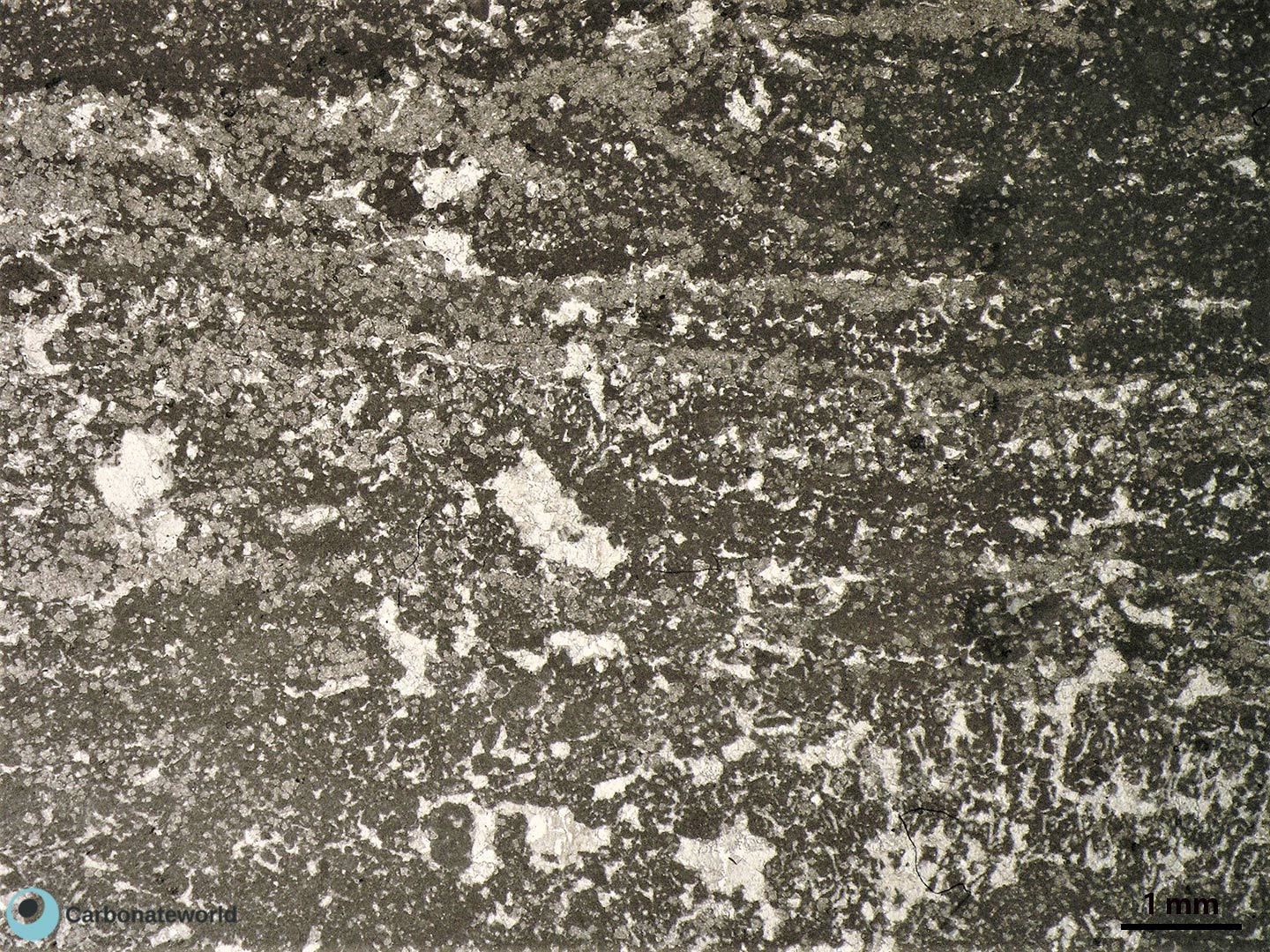
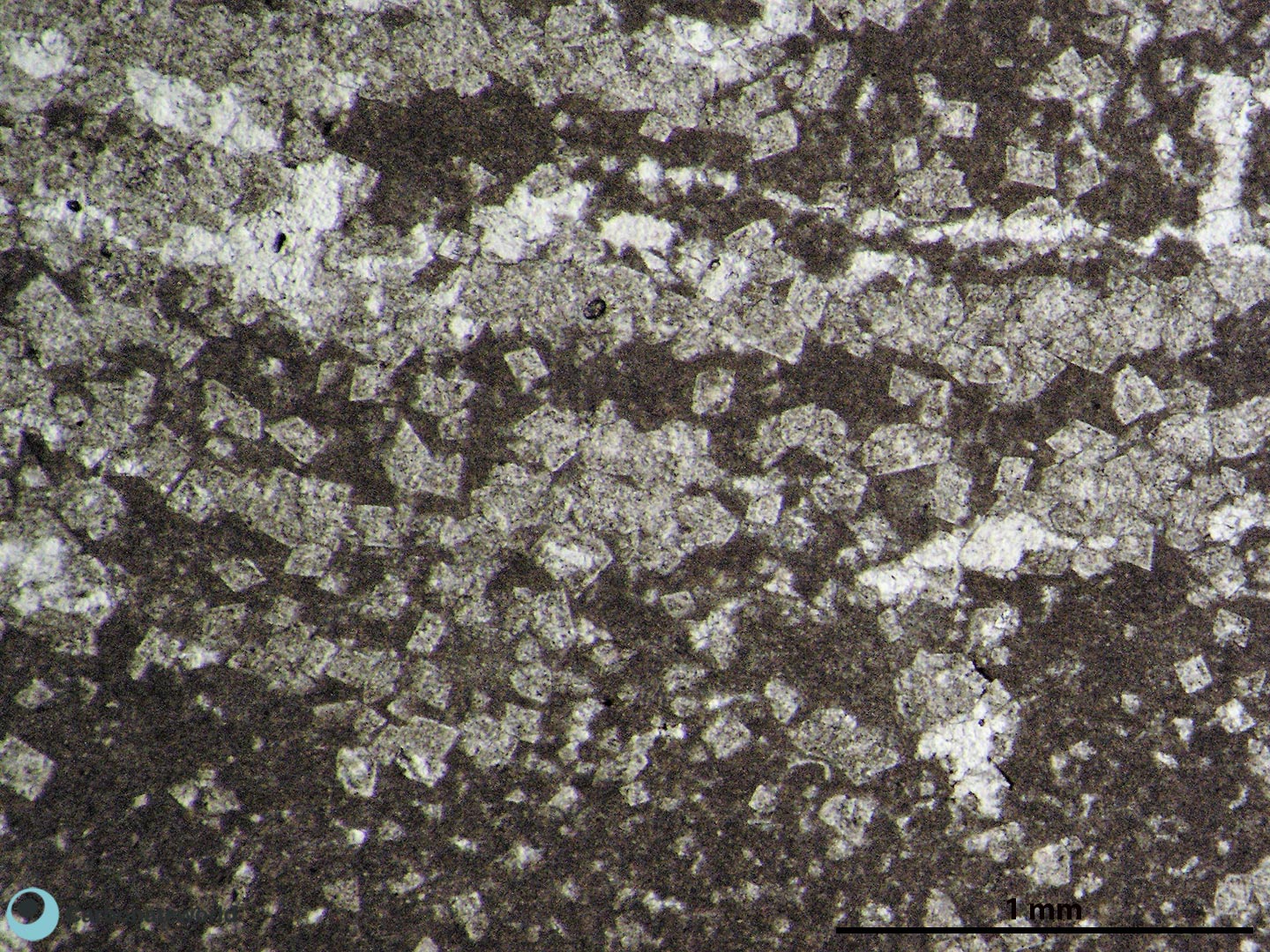
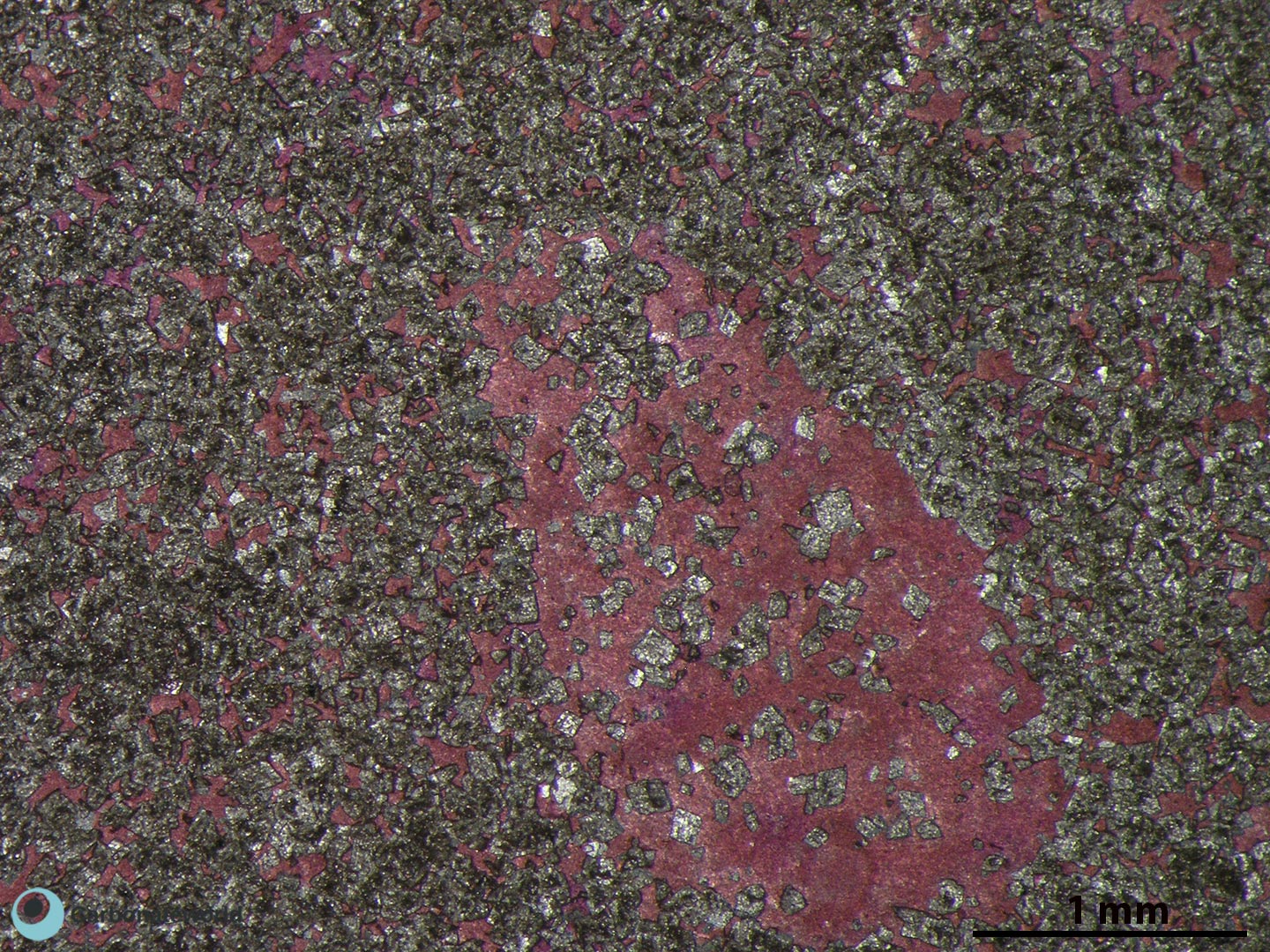
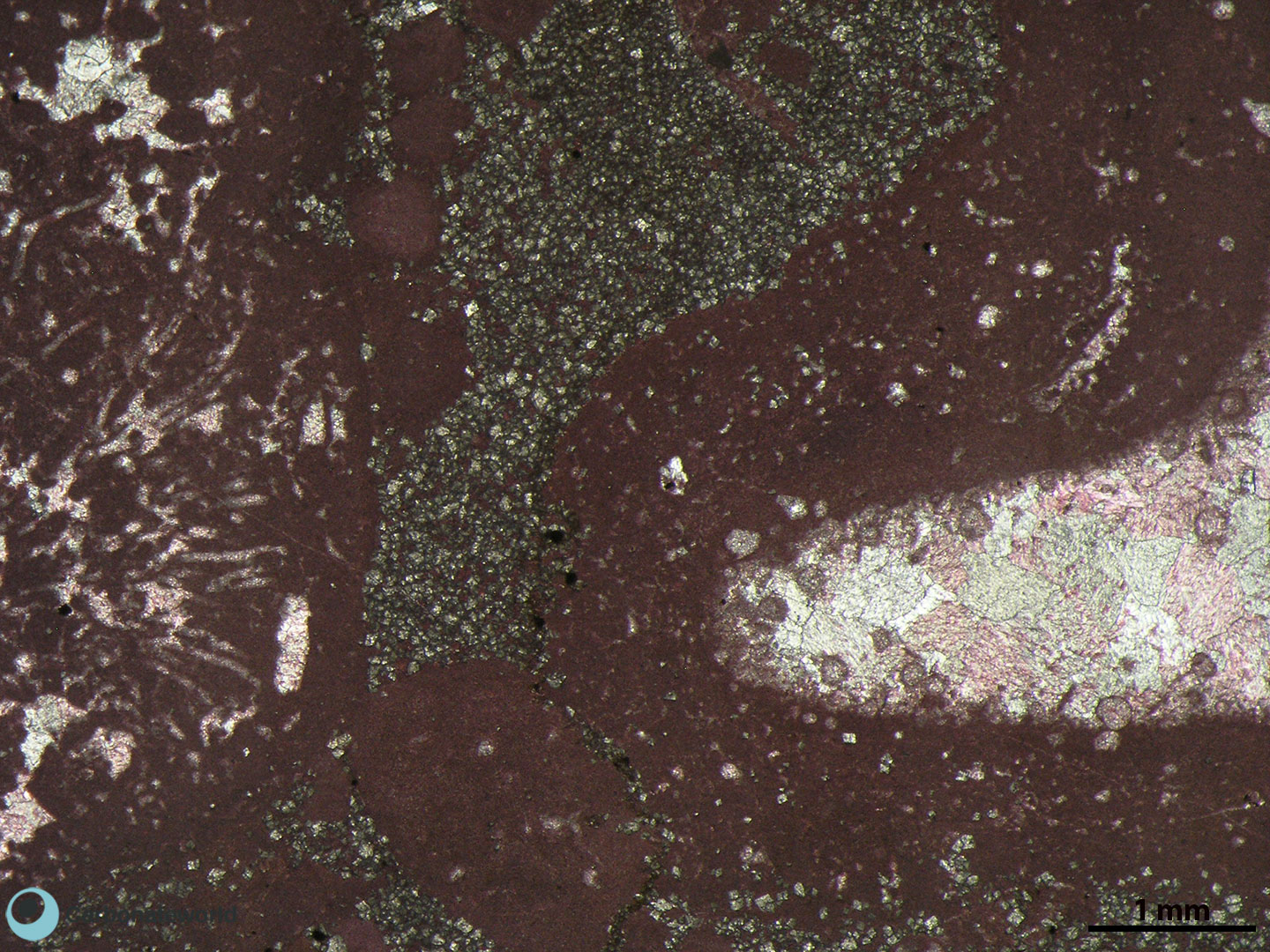
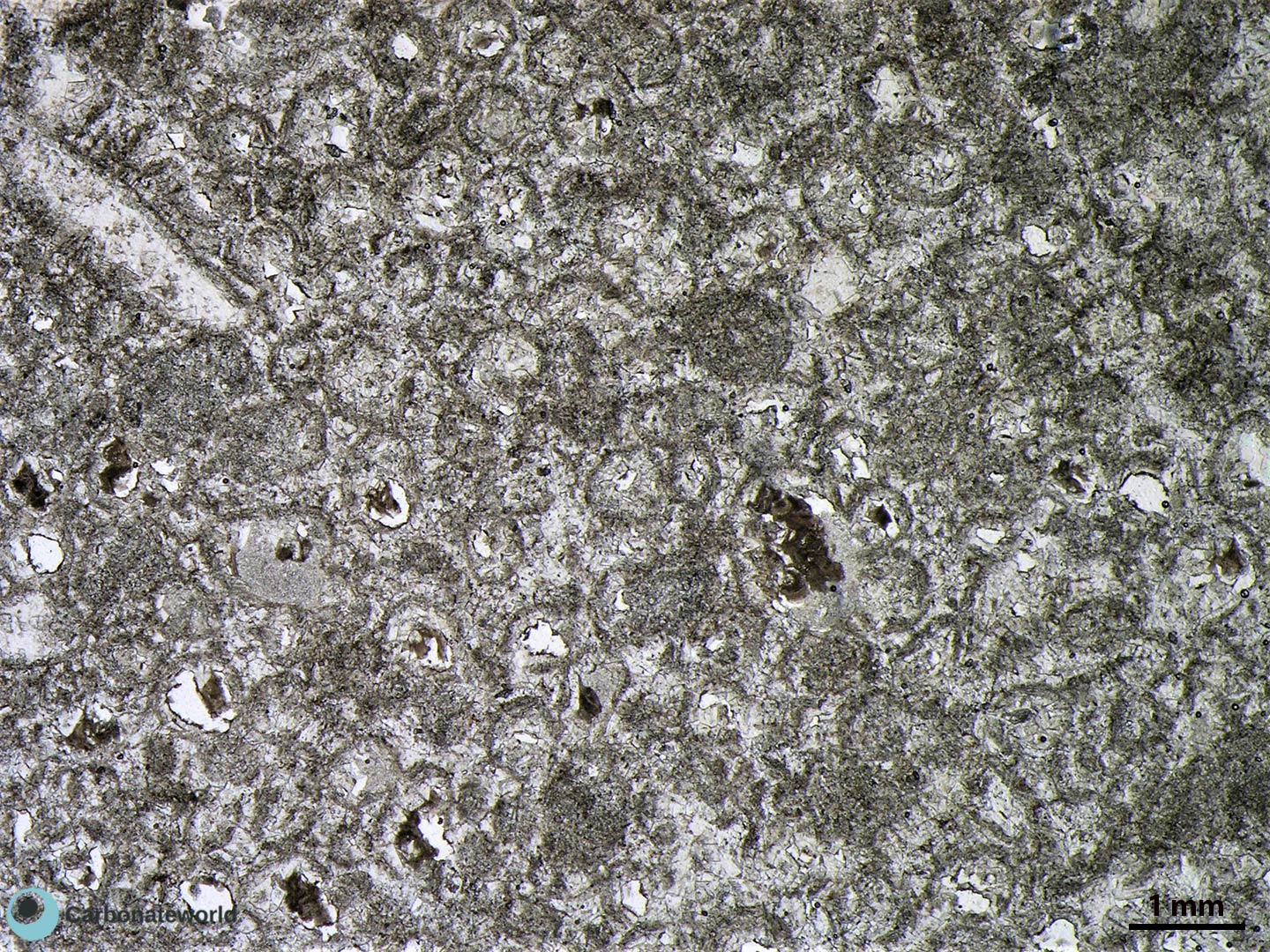
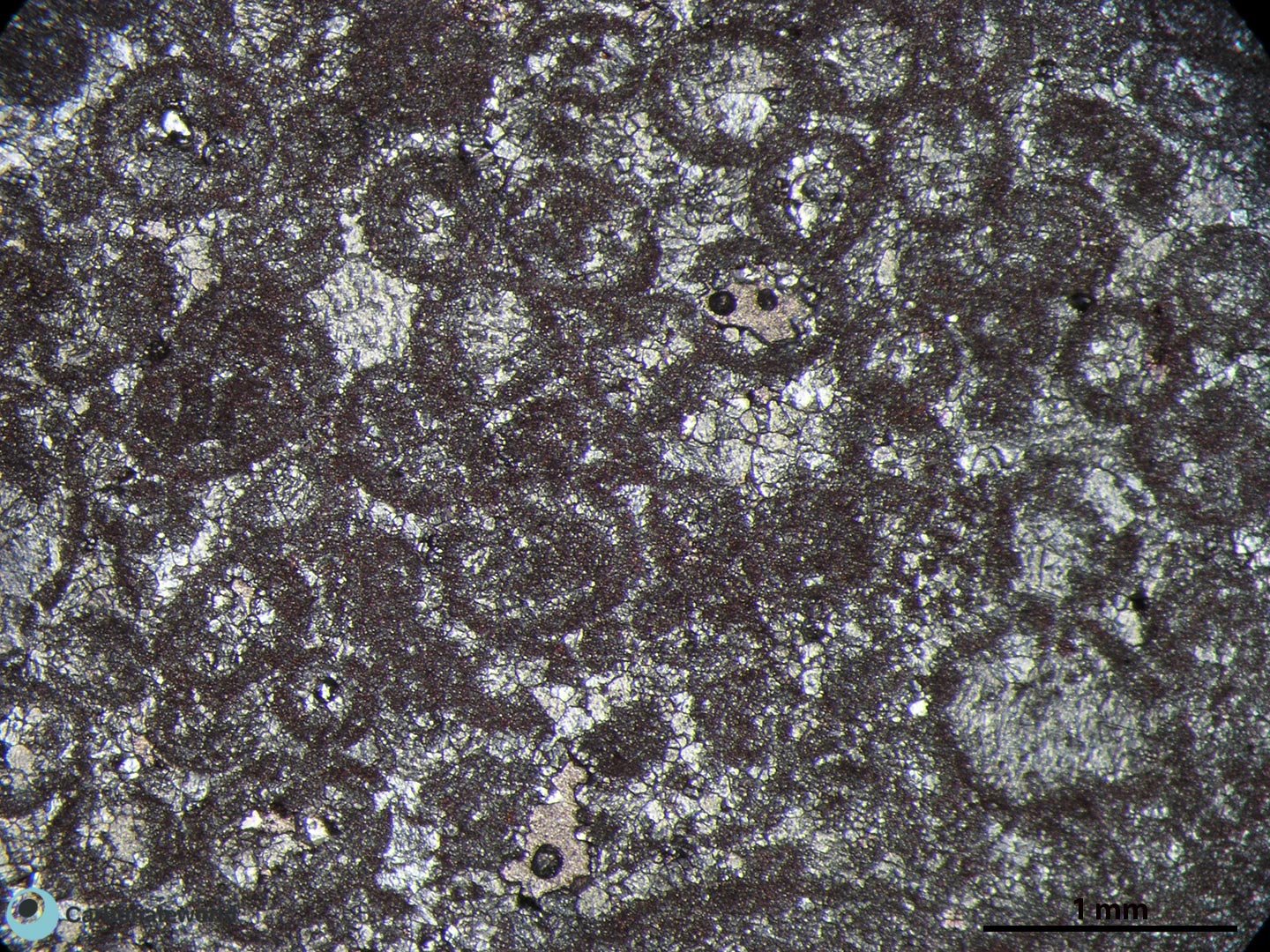
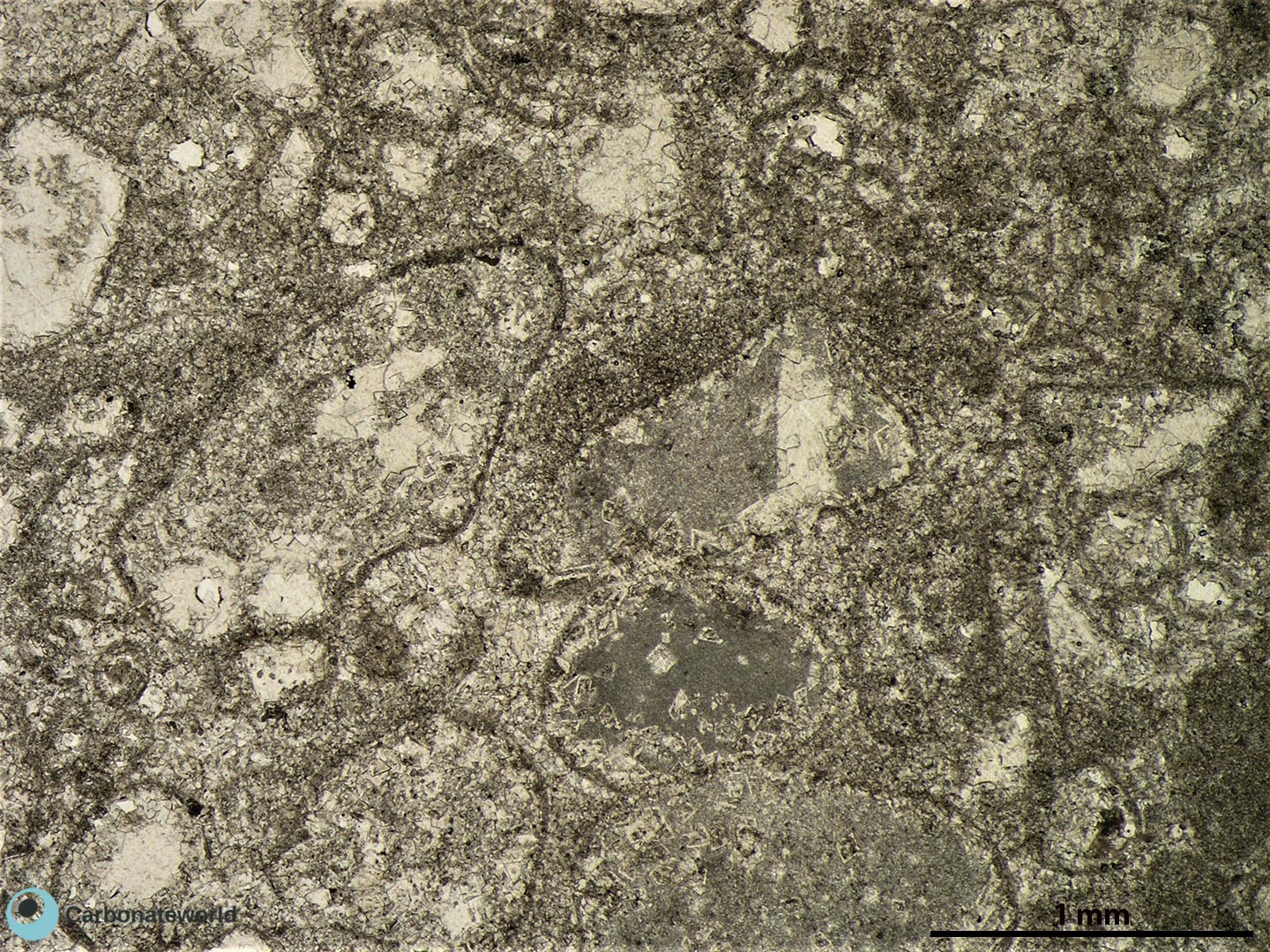
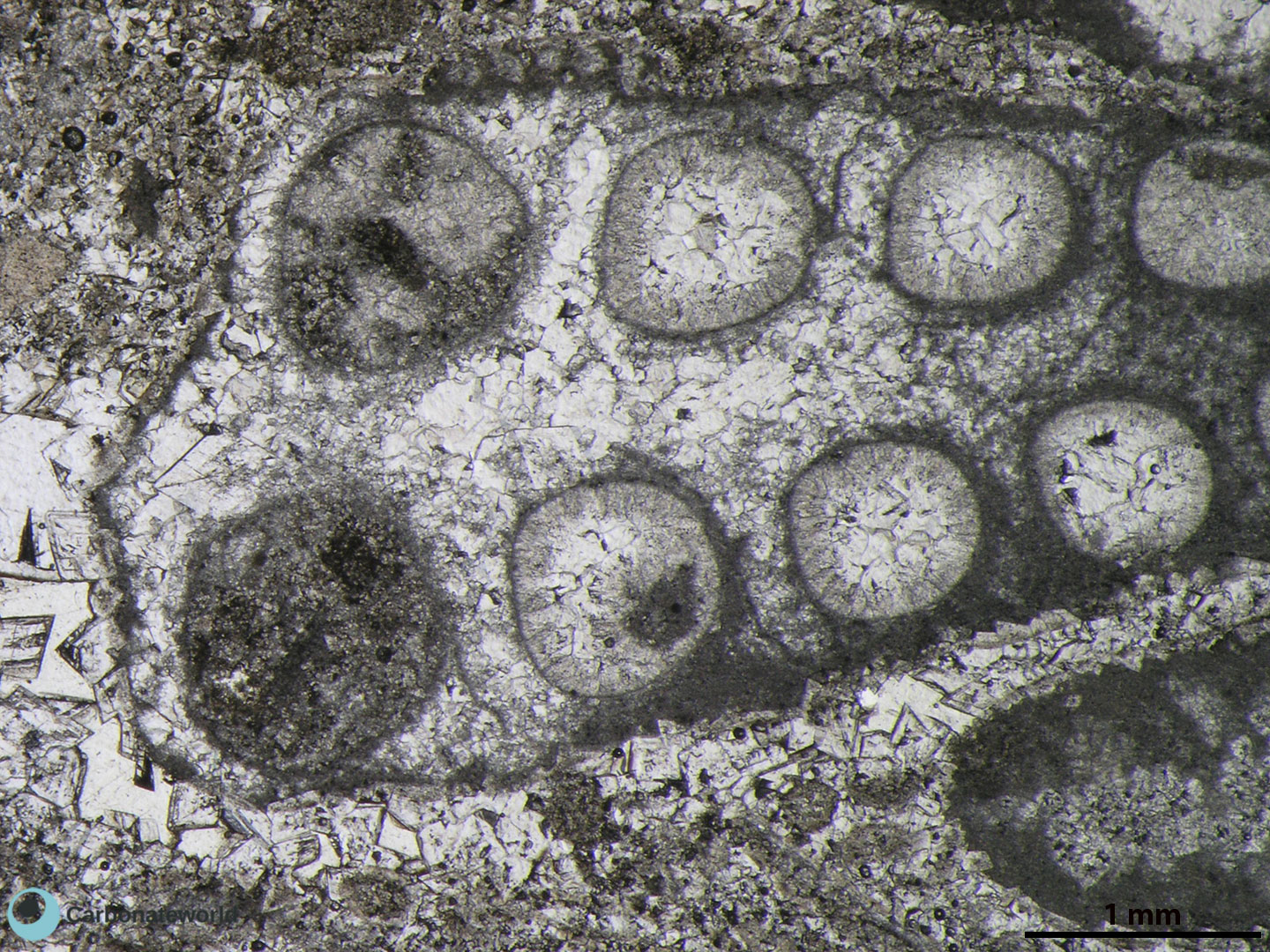
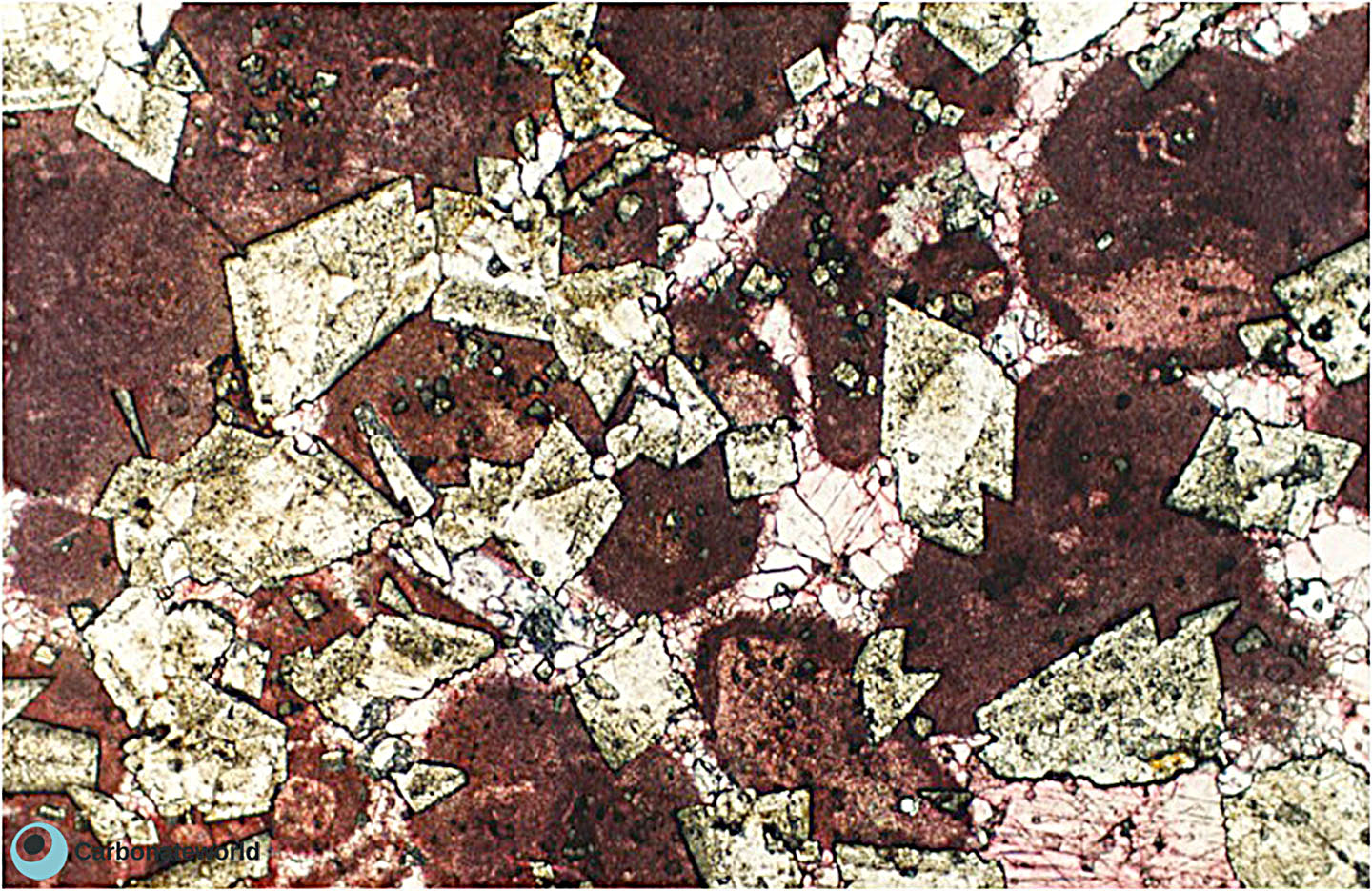

Dolomite
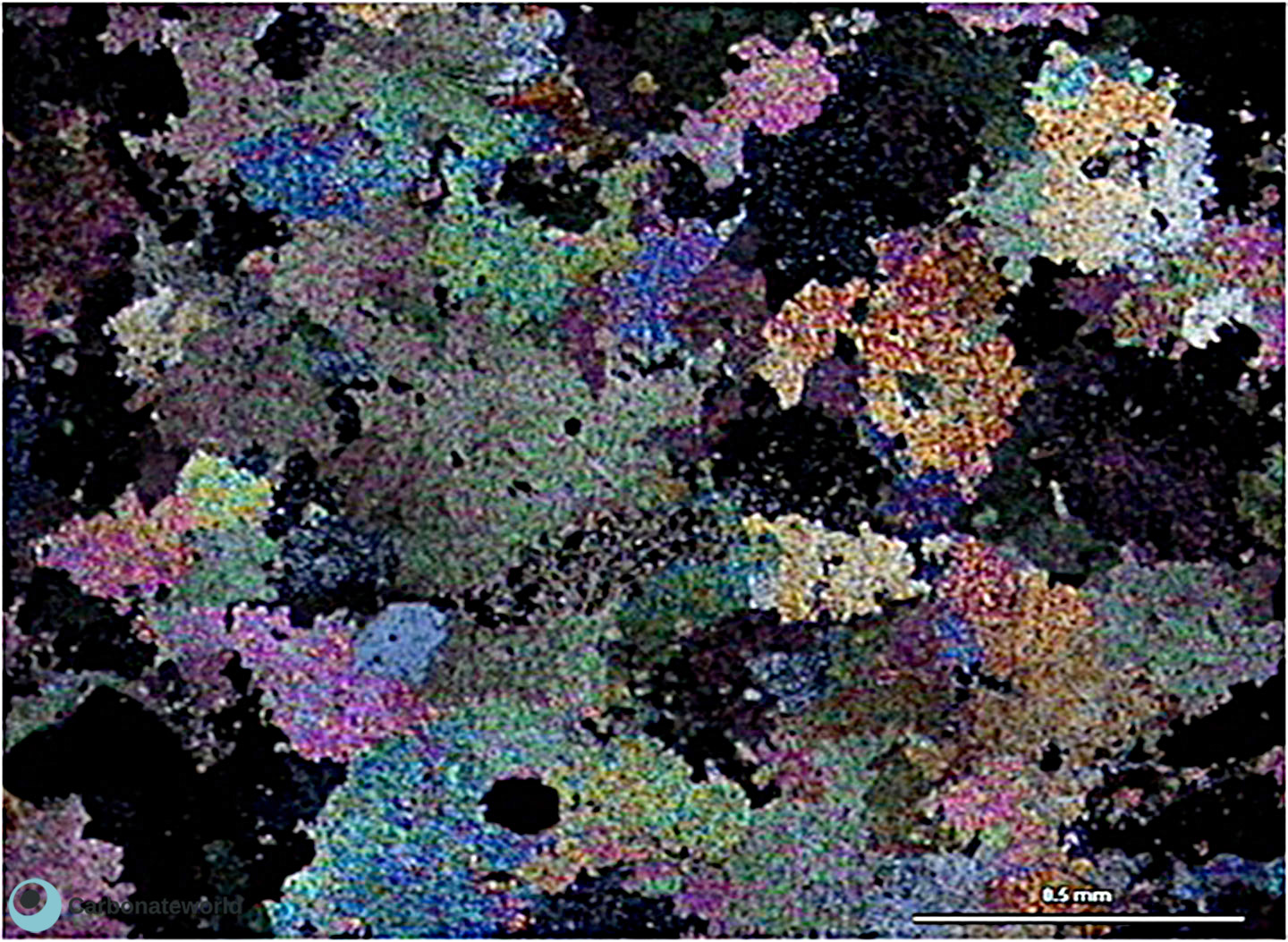
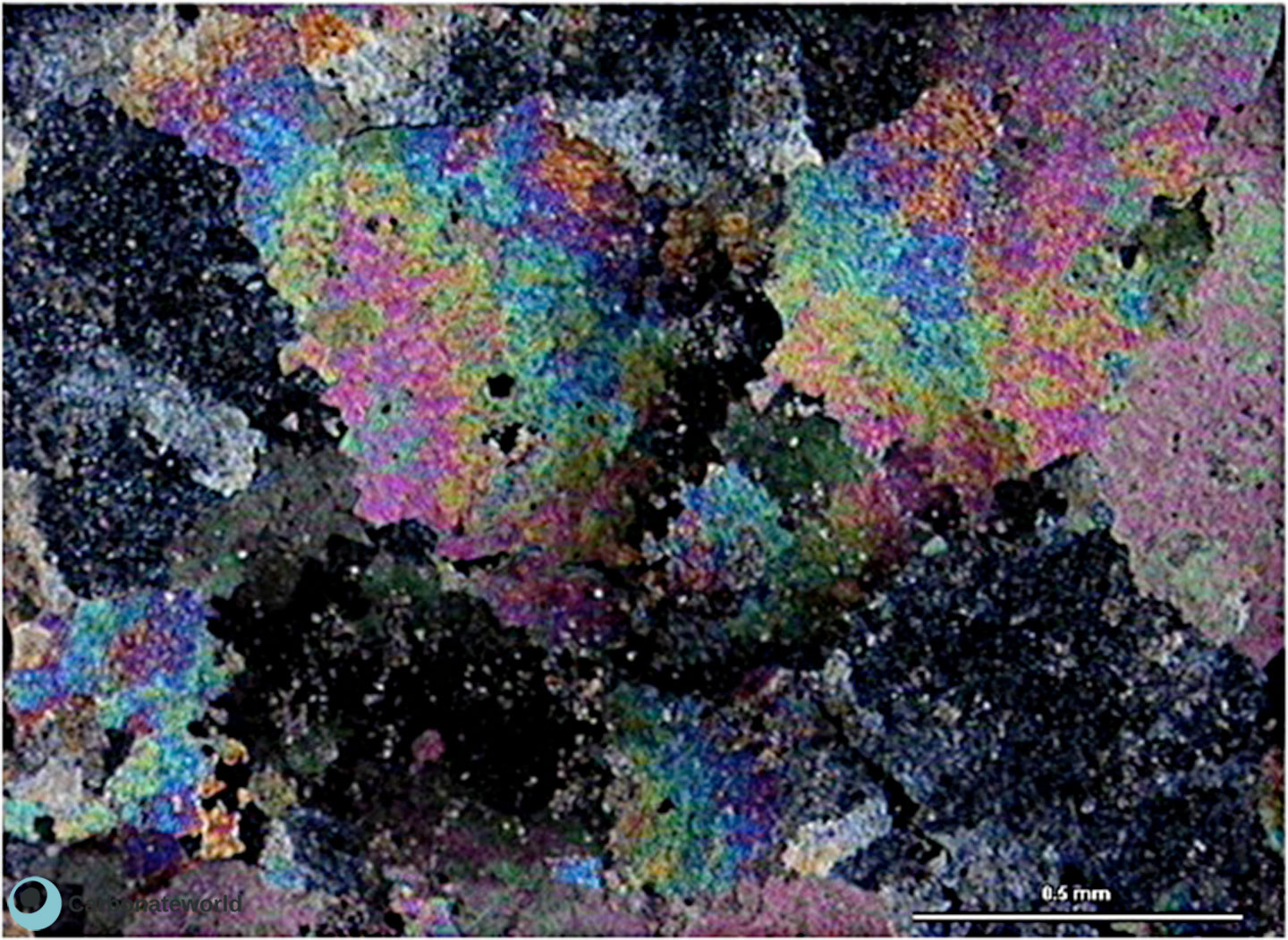
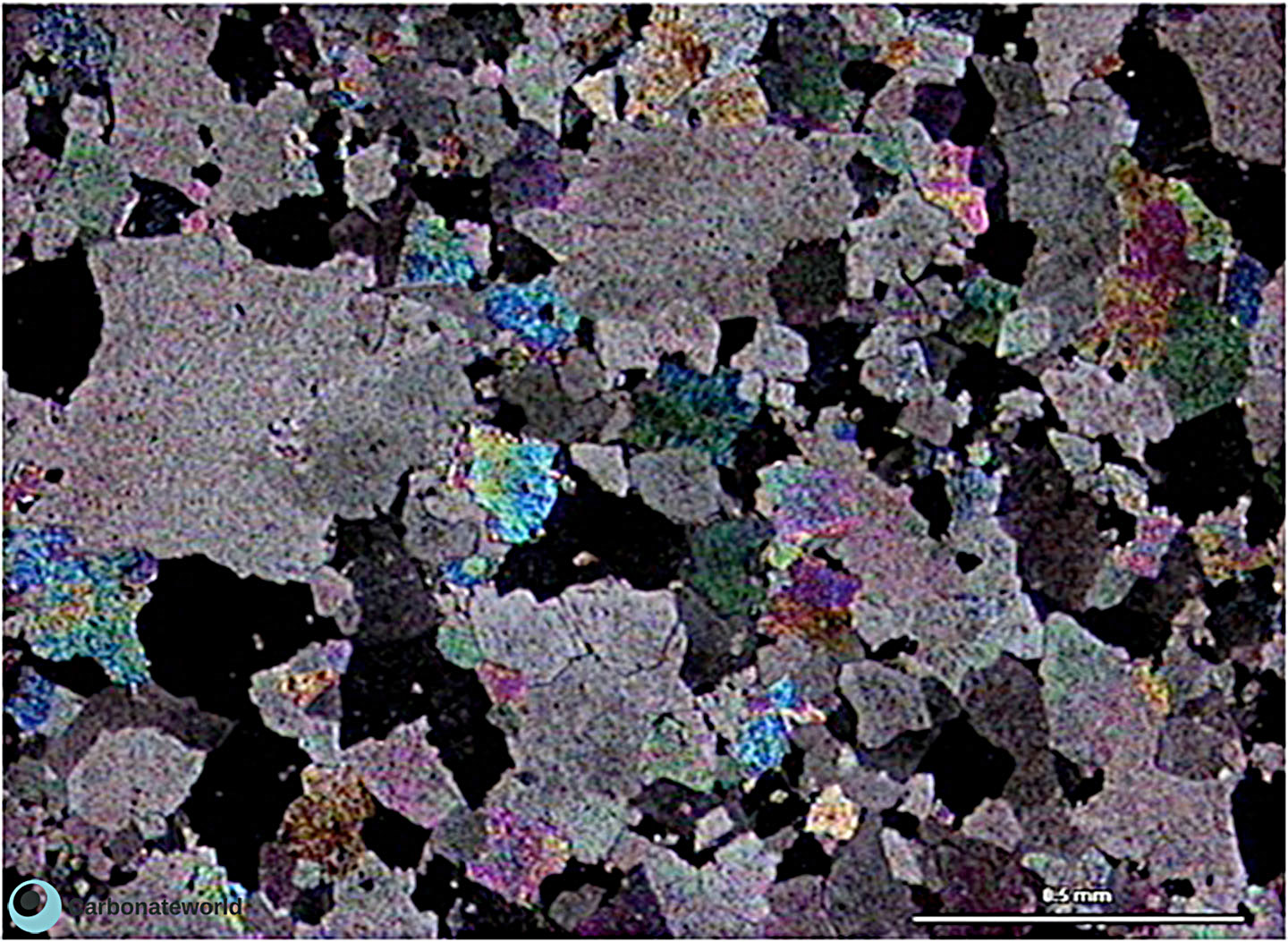
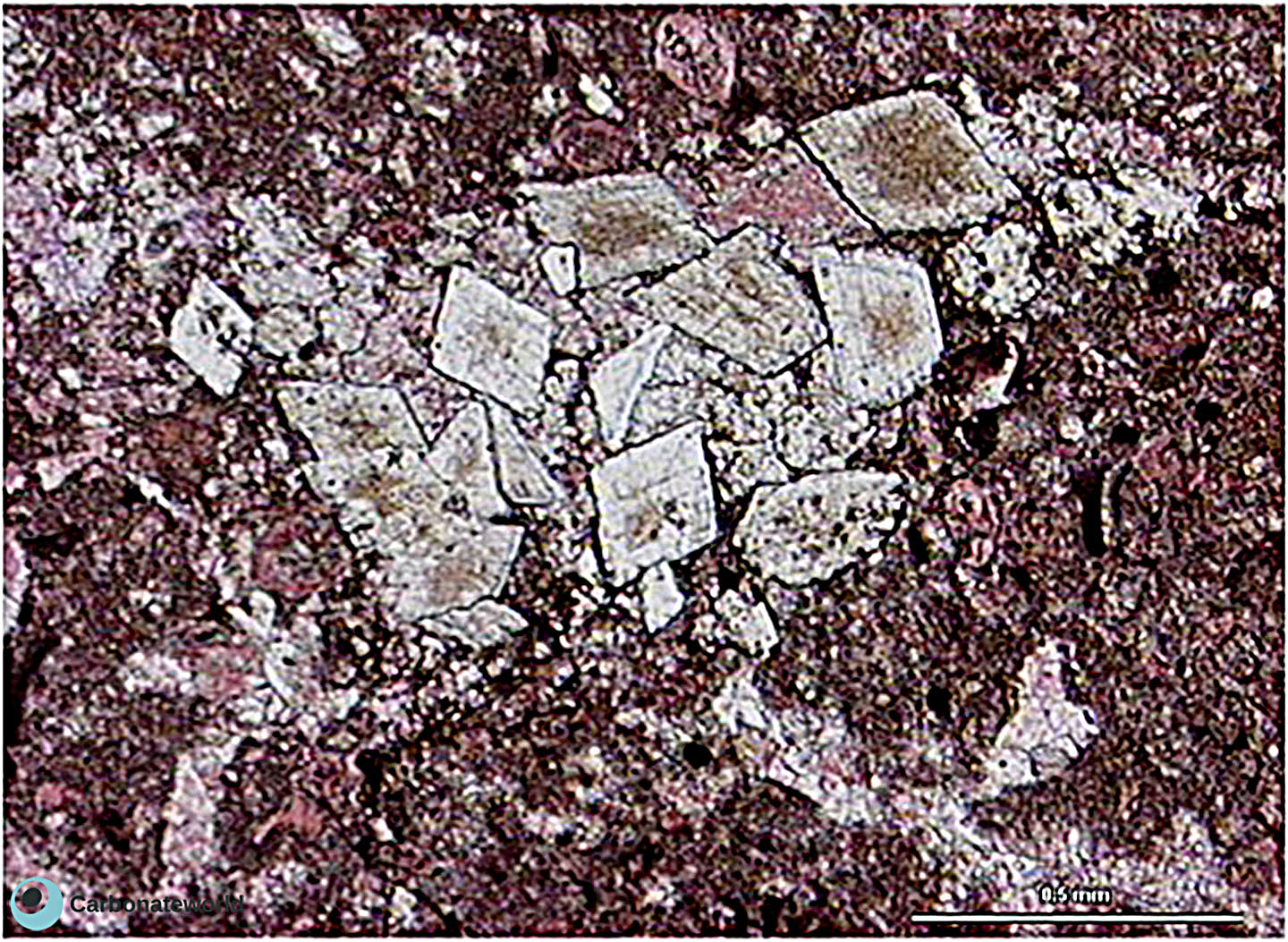

Euhedral dolomite